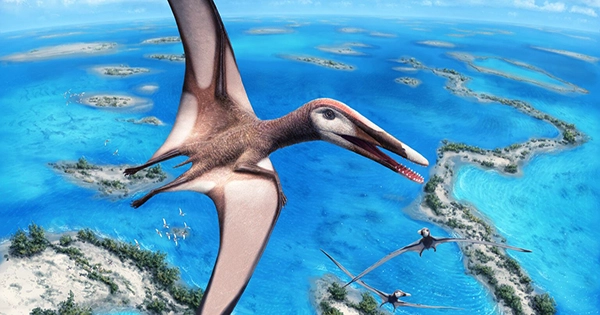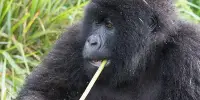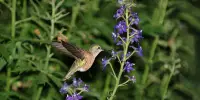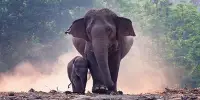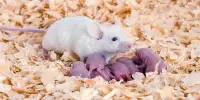We learned about a pterosaur with a mouthful of large, sharp fangs back in 2021. But now, researchers have found a pterosaur that went much further, employing nearly 400 tiny, hooked fangs to capture its food.
The small creature’s nearly entire fossilized skeleton, which was discovered in a Bavarian limestone quarry and later studied by a team of paleontologists from Britain, Germany, and Mexico, is extremely well preserved.
Its scientific name is Balaenognathus maeuseri, and it belonged to the family of pterosaurs known as the Ctenochasmatidae. This name honors Matthias Mäuser, a study co-author from Germany’s Naturkunde Museum Bamberg (Bamberg Natural History Museum), who passed away during the course of the research, and loosely translates to “whale mouth.”
According to principal researcher Prof. David Martill from the University of Portsmouth, “This pterosaur’s jaws are extraordinarily lengthy and laced with small fine, hooked teeth, with tiny spaces between them like a nit [louse] comb.” “The long jaw has an upward curvature like an avocet and widens out like a spoonbill at the end. Its mouth ends without teeth, yet both jaws are covered in teeth from the front of its smile to the back.”
It is thought that the reptile consumed food as it waded across shallow lagoons, collecting water with the spooned end of its mouth and expelling it through the small spaces between its interlocking teeth.
It would filter out tiny shrimp and other prey in this way, which it would then ingest.
Baleen whales today feed similarly to ducks and flamingos as well as ducks. The shrimp would have been caught by the hooks on the pterosaur’s teeth, preventing them from escaping through the gaps between them. Such hooks have never before been observed on a pterosaur.
“This pterosaur had teeth in the upper and lower jaw, which are a mirror image of each other,” said Martill.
This new specimen is significantly different from previous ctenochasmatids because there is only one other pterosaur with more teeth, Pterodaustro from Argentina, but it has stubby teeth in its upper jaw and even longer teeth in its lower jaw.
